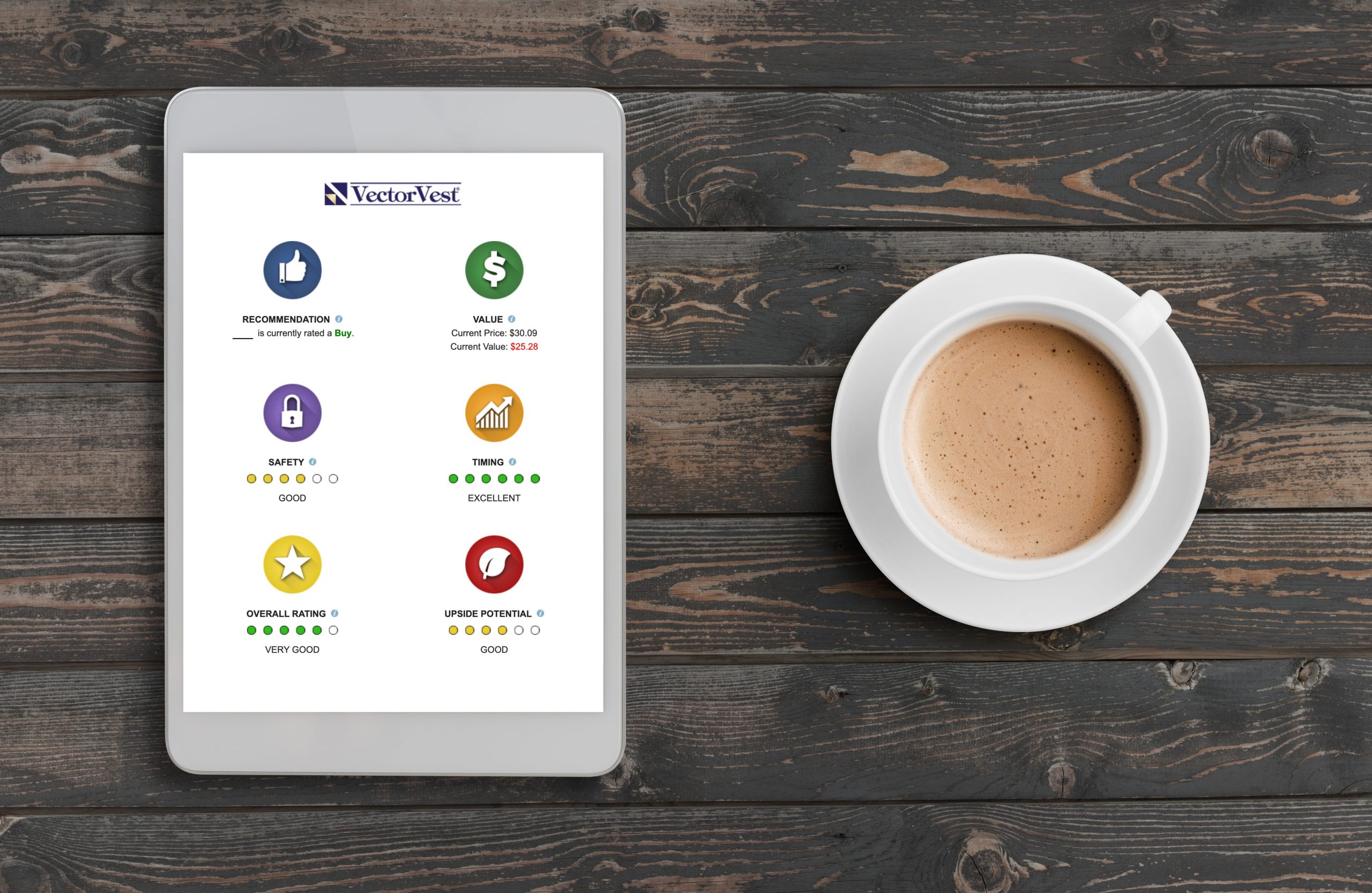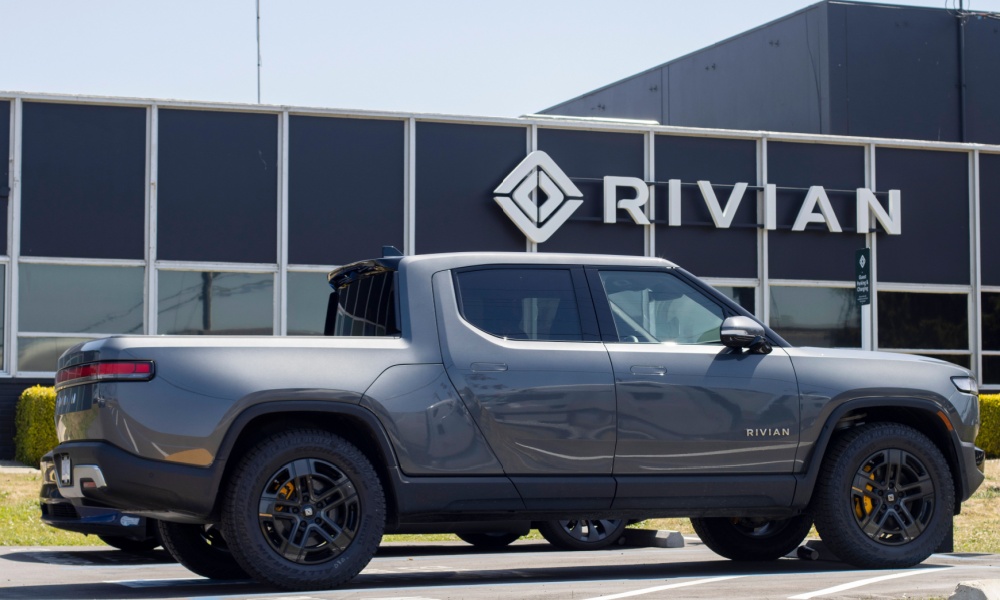by Leslie N. Masonson, MBA
Investing in an ETF is easy with the wide availability over 3,200 and many easy-to-navigate automated brokerage trading platforms offering zero commissions. The key question is whether or not you’ve done your homework to know what you are buying. Make sure you spend sufficient time reviewing the ETF’s objective, costs, benchmark, portfolio, short- and long-term performance, and other competitive ETFs, if available.
First look at the ETF’s investment objective and strategy. Is it a growth or value fund, a capital appreciation or bond fund, etc.? The ETF typically strives to duplicate the performance of a specific index, while others may have a different approach. Be sure to go to the website of the ETF’s sponsor and review the shorter prospectus and the fact sheet to gain an understanding of the ETF’s focus. Delve into the more comprehensive prospectus if the ETF has a complicated or unusual strategy or employs leverage. Never buy an ETF where you don’t understand everything perfectly.
Portfolio Holdings of Index ETFs and Active ETFs
One area that is often neglected but deserves more of your attention is the actual portfolio holdings, and the ETF’s trading frequency. Some actively managed ETFs have a portfolio turnover exceeding 200% per year, and a handful of ETFs had turnover of over 2,000%. As trading costs mount up, they can have a negative impact on the total return, and have tax implications.
If you are purchasing a plain vanilla index ETF that is market-cap weighted such as SPY, QQQ, or IWM, you know that the portfolio has been constructed to match its benchmark, and in these three cases, the S&P 500 Index, the Nasdaq-100, and the iShares Russell 2000, respectively.
These portfolios are static and are only changed when they are reconstituted annually or at other times when certain holdings are sold and replaced by other securities. If you are familiar with the index ETF then there is not much more to do, as it will replicate the actual benchmark very closely within tenths of a basis point.
Equaled-weight ETFs such as Invesco S&P 500 Equal Weight ETF (RSP) maintain portfolios that apply an equal percentage weight to each holding irrespective of its market-cap, and in the case of RSP about 0.22 of each of the 500 securities is held. This ETF rebalances the portfolio quarterly. In some years, the equal weight performs better than the market-cap weighted ETF, and in some years not.
If you are purchasing an actively managed ETF, then it is important to view the top 10 holdings or those that make up at least 50% of the portfolio. Determine whether there is a high concentration in one sector, business or industry which may add more risk than a more diversified portfolio.
Then check the number of portfolio holdings. Does the total portfolio contain 20 positions or fewer or more than 500? In the first case, the risk and reward will be greater. In the latter case, the more holdings, the more difficult the job of the portfolio manager to achieve market beating or even market matching return because most of the time only a small percentage of stocks have the best performance and the others are average or poor performers.
This is not usually the case in sector funds, where if the sector is having a banner year, the majority of stocks in that sector do well, and vice versa. Think of the energy ETFs in 2023, as an example of an awesome performer, and the Magnificent 7 which are in the tech sector gaining more than 100% each on average.
Risk Parameters and VectorVest Metrics
Also, do not forget to review risk parameters including the standard deviation, beta, and alpha which should be compared to competitive ETFs. Don’t forget to check the daily average trading volume and bid-ask spread. Higher liquidity usually results in lower trading costs and better execution for investors.
Whichever ETF you decide to evaluate, do not forget to place the tickers of the top holdings into a VectorVest Watchlist and determine the VectorVest VST rating on each one. If the majority are on “Buy” signals then that ETF may be on you want to take a position in. However, if the rating is a “Hold” or a “Sell” you should step aside.
Likewise, if the stocks in the portfolio are concentrated in a particular sector, then also place those tickers in VectorVest to view the rating in the ETF Viewer. For example, XLK houses the tech stocks, and XLV holds healthcare related stocks.
In summary, make sure you understand what you are investing in. Take the time to review the portfolio, read the fact sheet, check the performance and use VectorVest to help you find the most favorable ETFs at the right time. As we all know, market timing is critical to be a successful investor.
Want These Types of Insights at Your Fingertips so You Can Win More Trades?
Use VectorVest to Analyze any stock free. VectorVest is the only stock analysis tool and portfolio management system that analyzes, ranks and graphs over 18,000 stocks each day for value, safety, and timing and gives a clear buy, sell or hold rating on every stock, every day.
Before you invest, check VectorVest! Click here to ANALYZE ANY STOCK FREE and see our system in action!
What you should do next…
- Get our latest blogs delivered right to your inbox, subscribe to our newsletter.
- The market moves fast! Get our most current evaluation of this stock with our FREE stock analysis tool.
- Looking for stock picks? Not sure if now is the right time to buy/sell? For a limited time, enjoy the full benefits of a 30-day subscription to VectorVest for only $0.99 (usually up to $148/month) . Get access to our full list of screeners showcasing our top stock picks that tell you exactly what to buy, when to buy, and when to sell.











Leave A Comment